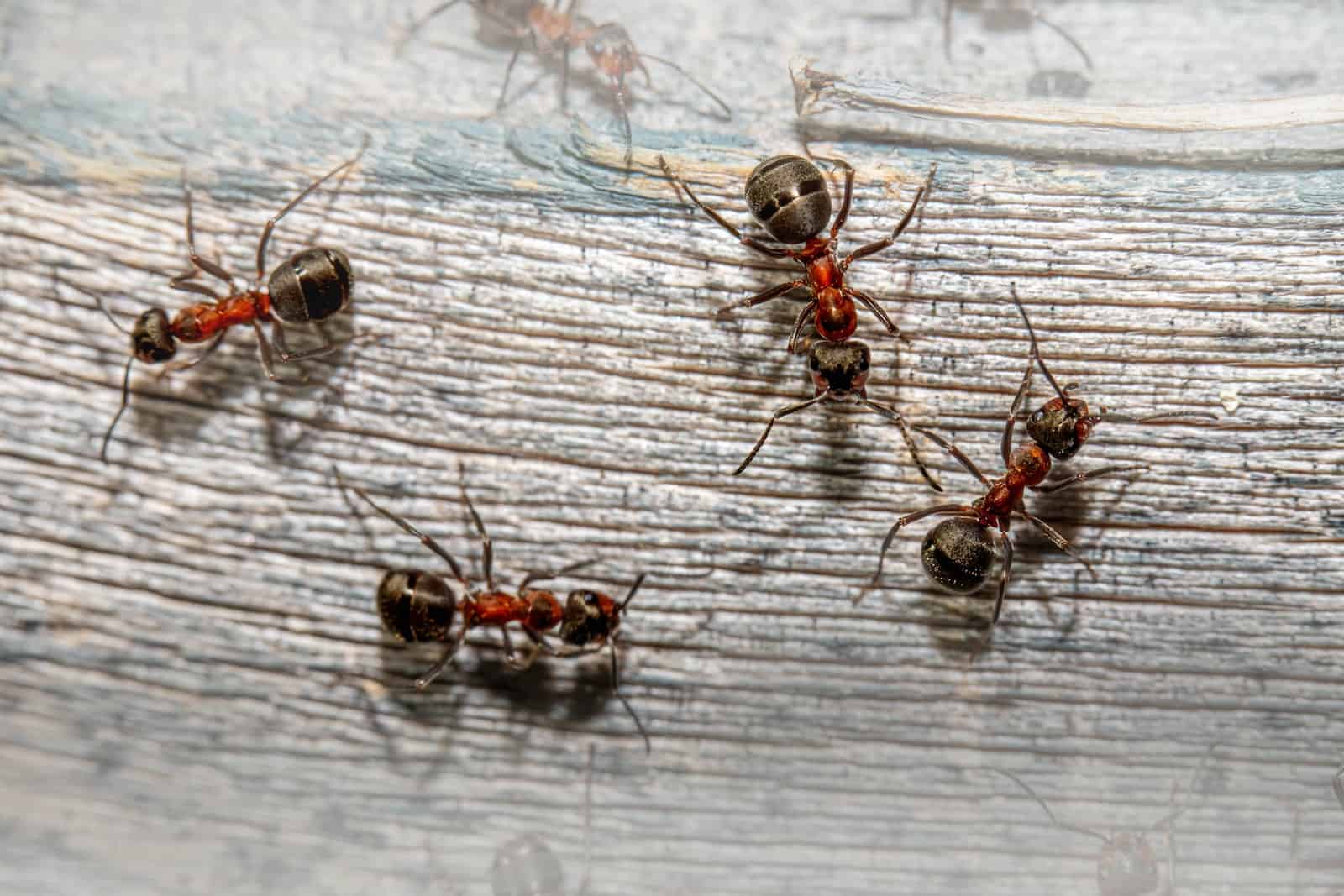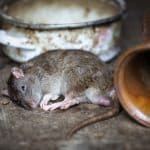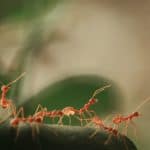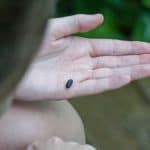Ants remain one of the most common insects for whom homeowners request services from pest management professionals. In the recent survey of PMPs, carpenter ants, odorous house ants, and pavement ants were the three most cited as structural and nuisance pest ants. However, the list is much longer for ants that plague homeowners and businesses around the country. All ants are social so that when ants are present, they occur in large numbers. Social insects have a division of labor (reproductives and workers), an overlap of generations, and they care for brood. Because only one or with some ants, several, reproductive queens are present, management can be complicated because elimination of the queen is important to eliminate the infestation. Foragers represent only a small fraction of the entire colony and often this is the only group of ants that homeowners observe.
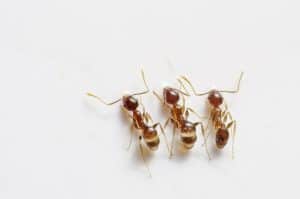
Although ants are seldom involved in disease transmission, their sheer numbers can be overwhelming to homeowners because they prefer to inhabit living areas with moisture such as bathrooms and kitchens and are readily visible to homeowners. The ants are often attracted to food items and become unwelcome guests in homes.
These are only three ants or groups of ants among many that are problems to homeowners. Many more ants are found in specific areas and can be more troublesome. The first step in ant management is identification. Knowing biology and behavior is fundamental to the application of the best strategy for control. Seek assistance for ants you cannot easily identify.
Carpenter Ants
Carpenter ants pose additional concern to homeowners because these ants can be structurally damaging. They do not actually ‘build’ like carpenters but they will excavate wood and can be damaging over time if not managed. Carpenter ants like many ants feed on honeydew producing insects such as aphids. These ants will forage outside the structure and will find avenues to nesting sites within structures such as under insulation, in voids, in crawlspaces, or in attics. These ants do not feed on wood but will excavate space for nesting sites and trails to foraging arenas. A mature carpenter ant colony often includes a parent nest with the queen and brood plus satellite nest(s) with mature brood, workers, and often winged forms in preparation for the next mating flight. Parent nests are often located outside the structure and satellite nests are located within structures. These will vary in color but all have the same nesting behavior of excavating wood. Carpenter ants also have a variety of sizes within one colony but can be recognized in profile by the smooth thoracic dorsum.
Odorous House Ants
Odorous house ants, an important nuisance ant, have colonies with many queens and many homes. These homes are often temporary and will be found under pieces of wood or debris in landscaping. Again, as with carpenter ants, these ants will forage on honeydew from aphids living in vegetation. If there are landscaping problems and trees, shrubs, or plants are in contact with the structure, this will provide an easy access between the structure and foraging arenas. Structures need to be completely free from any contact with vegetation where the ants can trail from the vegetation into the structure. With the multiple queen aspect of this ant plus its temporary nesting sites, this ant is difficult to control. Workers of this ant are all of one size. They do not cause structural damage but because of the large numbers that are often present they can be particularly obnoxious to homeowners. These ants are not known to bite and they do not sting.
Pavement Ants
Pavement ants also have many queens but these ants will nest under rocks or pavement. Homeowners are aware of these ants as they mine the sand and soil from under concrete slabs, patios, sidewalks, driveways, or in basements. Some refer to this ant as a mason ant because of its nesting behavior of moving the substrate. These ants are one size but do possess a stinger. A person is not stung easily unless the ant is caught in close circumstances such as resting an arm or leg over an infested area as in a lawn. These ants will also forage into structures on food items and will feed anything sweet or greasy. Because these ants next underground and have multiple queens, there have been problems with management.

